Harvesting Wheat
All Harvesting Wheat Content
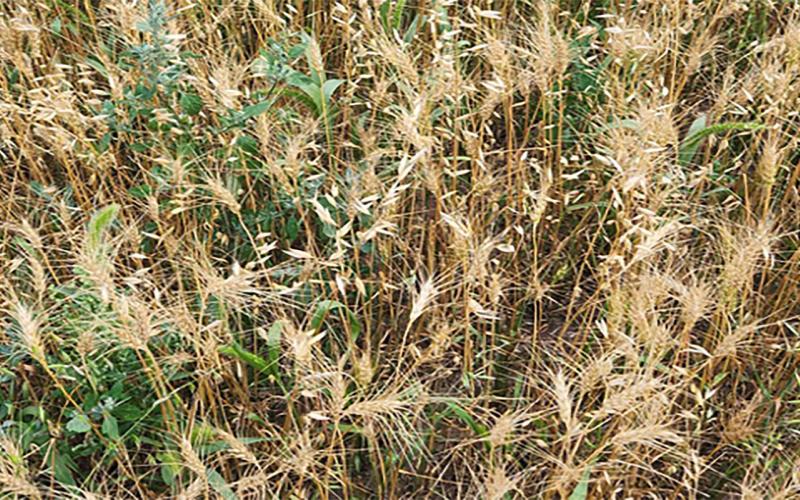
At-Harvest and Post-Harvest Weed Management Tactics in Wheat
Many pre and postemergence herbicides did not adequately control weeds during the 2023 growing season due to early dry and hot conditions. Despite the poor control, there are still options to implement at-harvest and post-harvest to help manage weeds.
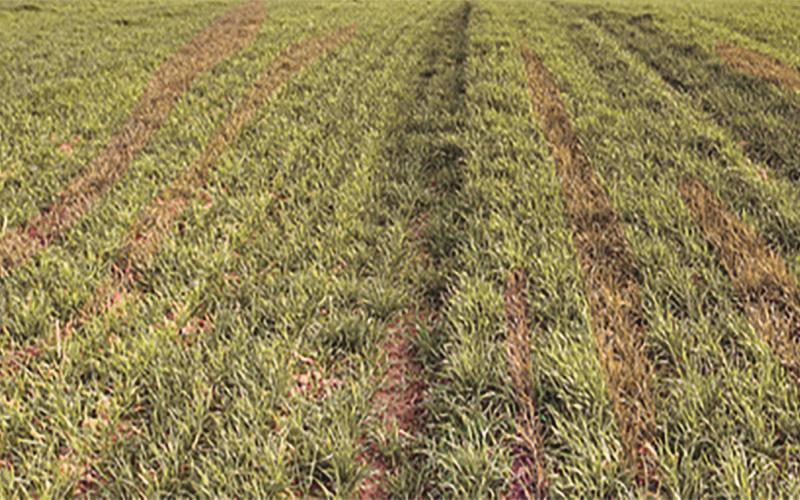
Salvaging Drought-Stressed Small Grains
South Dakota producers often must consider whether to abandon plans to harvest small grain as a cash crop and pivot to harvesting as forage. Learn some factors to keep in mind when evaluating salvage options.
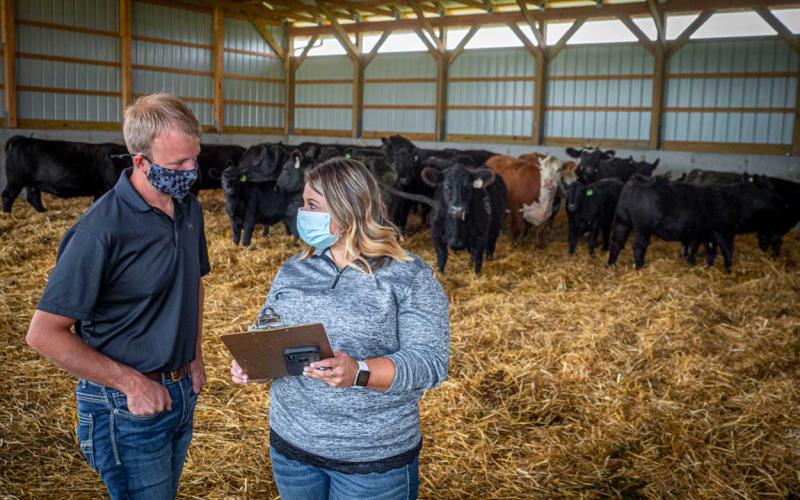
COVID-19 Tips for Farms and Ranches
Continuing to keep employees and family members healthy through the COVID-19 pandemic will require extra effort as you enter the busy time of fall harvest.
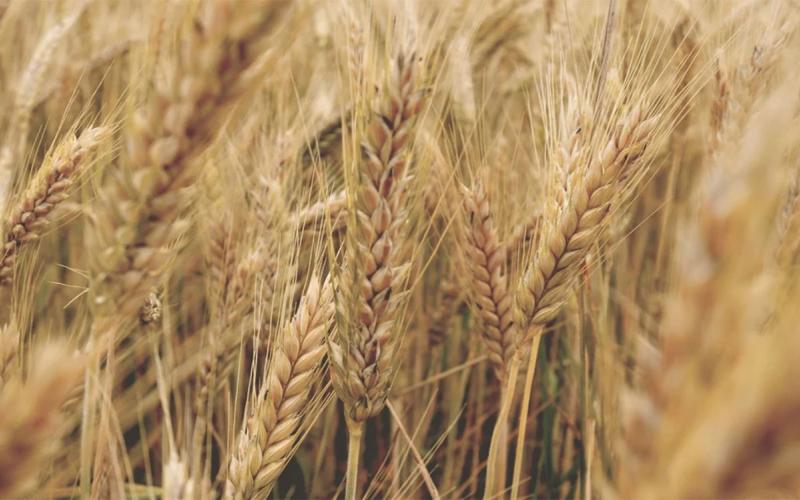
SDSU Extension 33rd Annual Winter Wheat Meeting To Be Held August 24
August 19, 2022
SDSU Extension, in collaboration with the Jones County Crop Improvement Association, will host the 33rd Annual Winter Wheat Meeting in Draper, South Dakota, on August 24 at 6:30 p.m. CDT.
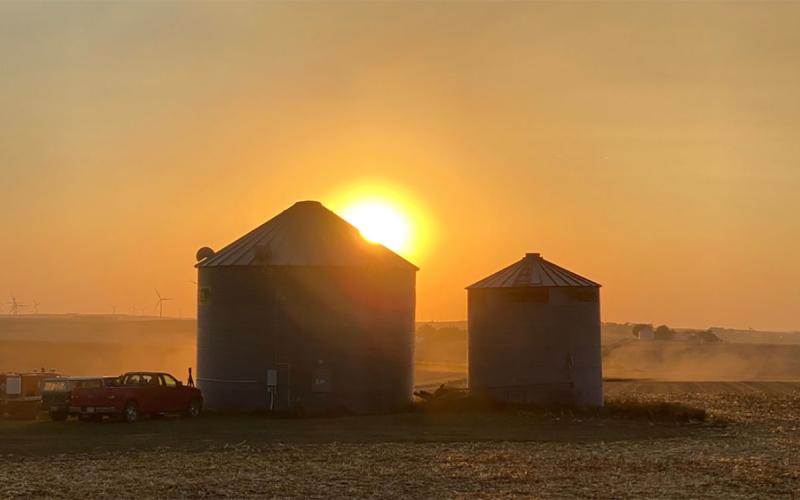
Inspecting Grain Bins After a Windstorm
Due to their high profile and light structure, metal grain bins are highly susceptible to wind damage. View a step-by-step guide for inspecting them in the aftermath of a windstorm.
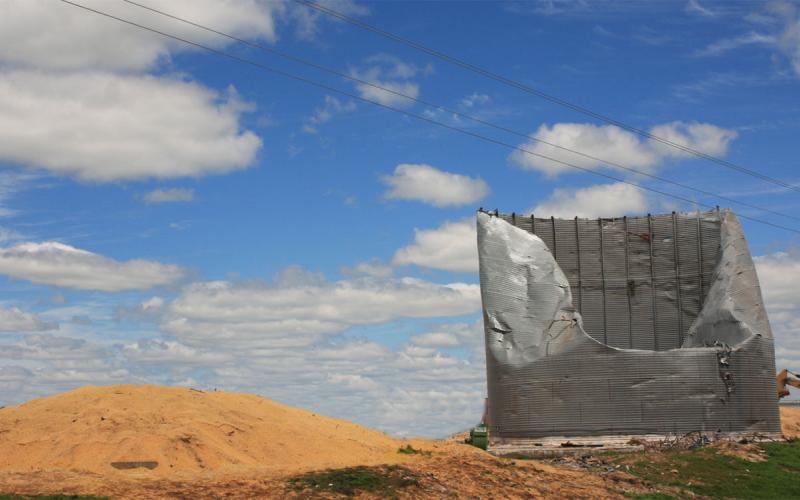
Salvaging Feed Grain From Damaged Storage Structures
The windstorm that hit South Dakota on May 12, 2022 left an extensive damage in its wake, including damage to grain bin structures. Taking prompt action can help minimize value loss in stored grain.
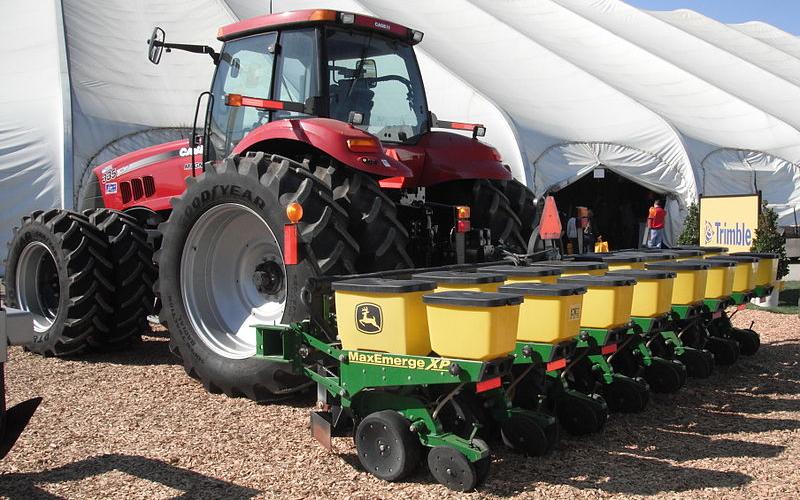
Why Precision Agriculture?
When precision agriculture comes into a conversation a few questions arise. Three of those questions might be: What is precision agriculture? How does precision agriculture make our farm more profitable? What do I do with all this data?

Small Grain Pre-Harvest Options
Consider pre-harvest herbicide applications in crop ground planted with small grains that are grown for seed or forage. Dense weed populations may inhibit harvest, therefore proper control of them early in the growing season is best.
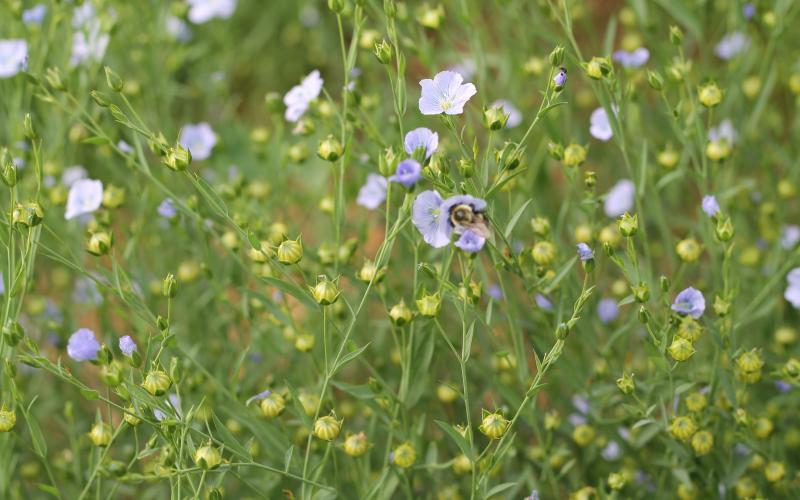
Herbicide Residual Effects on Cover Crops after Wheat
Fact sheet about herbicide residual effect on cover crops after wheat.
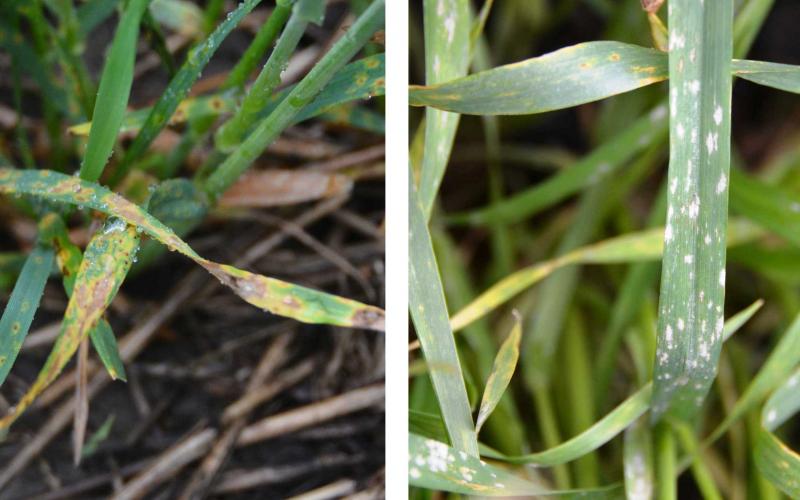
Does Early Fungicide at Tillering Result in a Profitable Yield?
Tan spot and powdery mildew pathogens are two residue-borne pathogens that can infect wheat early in the season. These diseases can lead to poor tillering, and their continued development can lead to yield loss.